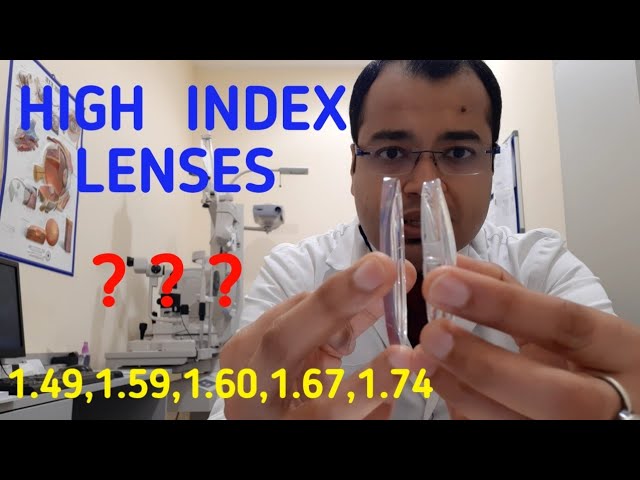Overcorrection in Prescription Eyewear: Avoiding the Risks and Finding the Right Balance
As we all know, having perfect vision is essential to living our daily lives to the fullest. However, sometimes our eyesight can become impaired, leading us to seek out corrective measures such as glasses, contact lenses, or even eye surgery. These methods have proven to be effective in improving our visual acuity, but what happens when they become too effective? This is where the concept of overcorrection comes in.
Overcorrection is a phenomenon that occurs when a corrective method goes beyond the necessary level of correction, causing visual impairments to occur in the opposite direction. This can happen with any form of correction: glasses, contact lenses, and even eye surgery. While it may seem counterintuitive that a solution to a problem can create a new problem, it is important to understand the mechanisms behind overcorrection and how to prevent it.
Understanding Overcorrection
Overcorrection occurs when the level of correction provided by a visual aid is greater than what is required for optimal vision. This can result in blurred vision, headaches, eye strain, and overall discomfort. While overcorrection can happen with any type of corrective measure, it is particularly prevalent in LASIK eye surgery.
LASIK surgery is a popular method for correcting vision, but it is not without its risks. Overcorrection is a common complication of LASIK surgery, occurring in approximately 5% of patients. In some cases, overcorrection can be corrected with a follow-up surgery, but in severe cases, the patient may require additional corrective measures such as glasses or contact lenses.
Preventing Overcorrection
Preventing overcorrection starts with understanding your vision needs and working with a qualified eye care professional. It is essential to obtain a proper prescription for your corrective measure to ensure that the correction is not excessive. Additionally, it is important to follow up with your eye care professional regularly to ensure that your correction remains appropriate.
When considering LASIK surgery, it is important to do your research and choose a qualified surgeon with a high success rate. Be sure to discuss the risks and potential complications with your surgeon to make an informed decision about whether LASIK is right for you.
Conclusion
While corrective measures can provide significant improvements to our vision, it is important to be mindful of the potential for overcorrection. By working with a qualified eye care professional and following up regularly, we can prevent overcorrection and ensure that our vision remains in optimal condition.
- Work with a qualified eye care professional to obtain a proper prescription
- Follow up regularly to ensure that your correction remains appropriate
- Choose a qualified LASIK surgeon with a high success rate
- Discuss the risks and potential complications of LASIK surgery with your surgeon
Most wanted in Hoya Vision:
What brand lenses does Costco use?
Hoya Lens Engravings
What’s the rarest eye color?
Which lens is better Alcon or Johnson and Johnson?
How to Choose the Right Temple Type for Your Glasses
Hoya Sensity Vs Transitions Xtractive
1.53 Trivex Impact Resistant
What’s the difference between 1.5 and 1.6 lenses?
What lenses do Costco use?
What is the difference between Ray Ban RB and Rx?
















